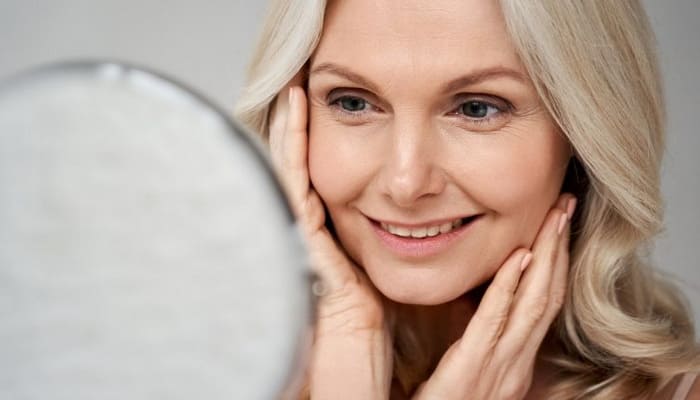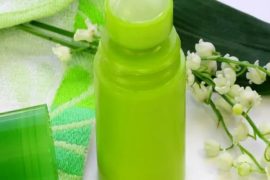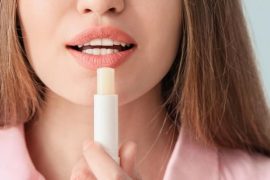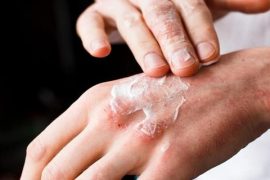Зміст
The skin begins to age after 25 years. Her metabolism begins to slow down and her collagen production gradually decreases. How to slow down this process? Check it out in the article!
Aging is a process that is natural to human life. It acts slowly on the skin. Although it begins after the age of 25, skin changes visible to the naked eye appear only after several years and gradually deepen. Deterioration of structure, loss of elasticity, uneven pigmentation, thinning and, finally, wrinkles and spots – these are the stages of skin aging. Although they are inevitable, we can slow them down.
How does skin age?
There are two types of skin aging:
“Internal” aging – associated with chronological age (so-called chrome plating). Its speed and progress are influenced, among other things, by genetic factors and hormonal changes occurring in the body (associated, among other things, with menopause). They are also accelerated by vitamin deficiencies and an unbalanced diet high in processed foods.
“External” aging – the rate of which is influenced by external factors related to the environment. These include UV radiation, exposure to cigarette smoke, pollution (such as smog) and improper care.
Both types of aging, although they have different causes, are manifested at the skin level by common biological, chemical and molecular mechanisms. They intersect, and we see the results of their actions every day in the mirror. The skin becomes thinner and drier, and the hydrolipid layer that protects it decreases as sebum secretion decreases. The skin becomes less elastic and less resistant to irritation. It is also negatively affected by oxidative stress caused by free radicals that damage cellular structures. As we age, our skin loses its natural ability to protect itself from it.
What accelerates the aging process of skin?
- Excessive tanning, especially without UV filters, including: increases the amount of oxygen free radicals (ROS) produced;
- A diet rich in sugar, which has an anti-inflammatory effect and also accelerates the breakdown of collagen and elastin. Damages the protein fibers of the skin;
- Sleep deficiency – collagen fibers are produced when we sleep. During sleep, blood circulation in the skin also increases; blood carries oxygen and nutrients necessary to maintain good skin condition;
- Stress – Chronic stress increases the production of cortisol, which causes faster degradation of collagen and elastin, which are considered the so-called skin support proteins. The less of them we have in our skin, the faster it loses firmness and elasticity;
- Smoking – promotes the formation of microdamages and narrows the lumen of small blood vessels. This means that the skin receives fewer nutrients, so it is weaker and less hydrated;
- Excessive alcohol consumption, which reduces skin hydration.
Signs of aging
- Superficial wrinkles – relatively shallow (up to 0.05 mm), most often noticeable around the eyes in the form of so-called crow’s feet.
- Deep wrinkles – horizontal and vertical lines on the forehead, cheeks, lower face and neck more than 0.05 mm deep.
- Sagging tissues – after 45 years, the cheeks begin to sag (so-called hamster cheeks appear). After 10–15 years, the face looks as if there is too much skin on it, which is caused, among other things, by loss of elasticity and loss of subcutaneous fat and muscle tissue. The folds running along the cheek from the inner corner of the eye become noticeable, the cheeks droop, the contour of the chin changes, the eyelids and eyebrows droop, and the oval of the face changes.
How to slow down the aging process?
To delay the appearance of wrinkles and dry, sagging skin as much as possible, try to minimize the impact of adverse external factors and ensure proper skin nutrition. Sun protection, getting enough sleep, avoiding stress, and avoiding stimulants are key actions that slow down the aging process in the long term. Physical activity is also extremely important as it affects the proper blood supply to the skin and a balanced diet ensures that the skin is nourished from the inside. A balanced, skin-healthy diet should be rich in water, protein, lipids, vitamins, minerals and antioxidants, and low in sugar, salt and highly processed foods containing preservatives.
Also remember that the ability to synthesize collagen occurs with age and disappears after 60 years. The less collagen in the skin, the greater age-related changes can be observed. The solution here is to add collagen, providing this valuable protein from the inside out. Preparations with active low molecular weight collagen biopeptides are easily absorbed by the body. The hydrolyzed collagen contained in the supplements is partially processed and easily absorbed.








